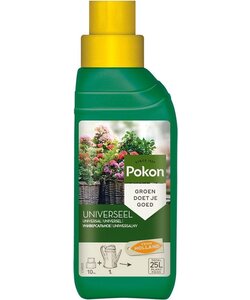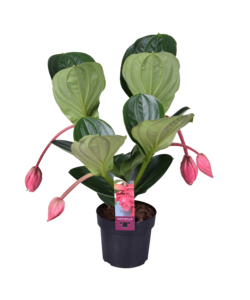
| Height (incl. pot) | ± 40 cm | |
| Pot size | 17 cm |
More information
Light requirement: lots of light, direct sunlight in winter, out of the sun in summer!
Origin
There are about 400 species of Medinillas, of which until recently only the magnifica was offered as a houseplant. The family name of the Medinilla is Melastomataceae. The family contains approximately 3000 good species in the Neotropics, 240 species in Africa and 230 in Madagascar and about 1000 in Asia. Medinilla magnifica has its origin in the Philippines and is an epiphyte: it grows here on trees in the mountains of the tropical country, but does not extract its food like parasites.
The Medinillas are native to the tropical zones of the ancient world, from Africa through Madagascar and South Asia to the Western Pacific Islands. There are 80 species of Medinilla in the Philippines, which steeds can be exported because fewer forests remain. The genus Medinilla owes its name to J. de Medinilla, governor of the Mariana Islands in 1820.
Care Tips
Temperature between 17 and 25 degrees, a lot of light in winter, preferably direct sunlight, but no full sun in summer!, the Medinilla needs little water, it is early enough to give the plant a glass of water when the leaves hang slightly . Do not feed during flowering, the plant is supplied with sufficient food on delivery. Feed once every two weeks after flowering.
Rebloom
After flowering it is to remove the old flowers to accelerate the growth. The plant will then start making new leaves where the flowers used to be. When these have grown, it is important to put the plant a bit cooler (16 to 17°C) to initiate bud formation in the young leaves. Never mind, the plant will continue to need light. If the buds are clearly visible, the plant can return to the normal temperature and the buds can develop further into a new flower splendor. In principle, repotting can be done all year round, but not during flowering because of the fragility of the flowers.








